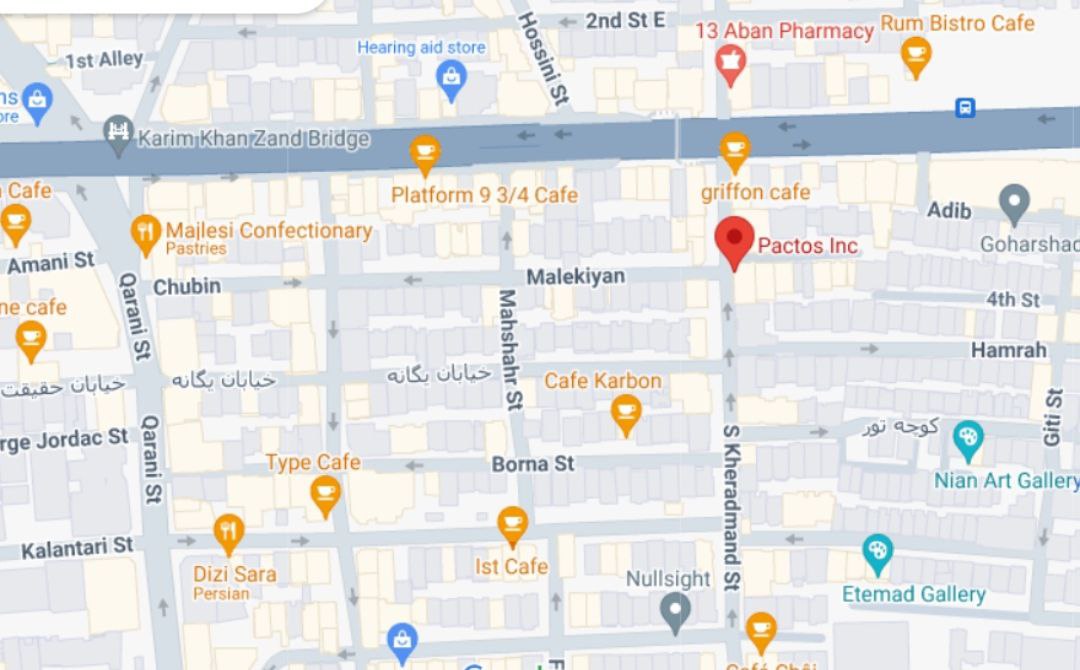World White Cane Day
The 23rd of Mehr in the Iranian calendar, corresponding to October 15th, is recognized as World White Cane Day. The white cane and Braille script have now become essential, irreplaceable tools in the lives of blind individuals. In particular, Braille has brought about a remarkable transformation in improving the status of blind people.
With the help of the white cane and Braille, the presence of blind individuals in various aspects of social life has become increasingly prominent. The idea of using a white cane was first introduced in 1921 by James Biggs, a British man who lost his sight in an accident. To stay safe from traffic while walking in the streets, he began using a white cane.
In 1937, two American philanthropists named Dr. Perry and Dr. TenBroek issued a declaration supporting the rights of the blind, discussing their social rights and the need for equal opportunities for both blind and sighted individuals. These discussions eventually led, in 1950, to the establishment of the White Cane Law—also known as World White Cane Safety Day—which was adopted in a joint session of UNESCO and the World Council for the Blind, and communicated to countries worldwide.
This law emphasizes the inclusion of blind individuals in social and professional activities, while ensuring their safety.
Two key elements are fundamental for the participation of blind people in work and society: literacy (reading and writing) and the long white cane. The long cane was developed after World War II as a mobility aid for blind people. The user swings the cane in an arc, gently tapping the ground with its tip. This technique helps detect obstacles and surface changes along the path.
Literacy, however, is not only essential for sighted individuals—it holds equal importance for the blind. Hiltraud Boehm, in her research on the development of tactile writing systems for the blind, notes that in the 14th century, Iran was the first place where a touch-readable script for the blind was invented.
Four centuries later, Valentin Haüy, founder of the first school for the blind in Paris, managed to create embossed letters on paper that could be felt and read by touch. Eventually, some parts of the letters were simplified to aid recognition—but even then, reading the full alphabet remained a difficult task for the blind.
That challenge persisted until Louis Braille introduced a new system that brought about a revolution in this field.


